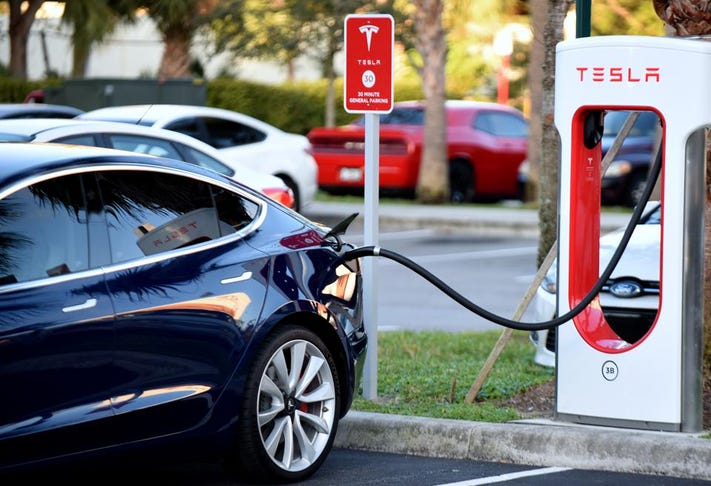Recently it was observed that Tesla discontinued providing charging equipment along with its vehicles. On Twitter replied Elon Musk stated that the new policy changes were the result of usage statistics being super low and seeming wasteful. Up until 2022, the vehicle purchase came with standard equipment.

Every electric vehicle produced up until 2022 has included as standard equipment some sort of charging equipment. In the early days of EVs, most vehicles came with a simple 120-v portable charging cord. More recently though, many manufacturers are including dual-voltage portable charging equipment that allows the user to toggle between 120-volt and 240-v charging by switching an adapter on the unit. However, the Kia EV6 that was just recently launched does not come with any charging equipment either, making it the first EV sold in North America that didn’t come with any form of charging equipment.
Usage statistics were super low, so seemed wasteful. On the (minor) plus side, we will be including more plug adapters with the mobile connector kit.
— Elon Musk (@elonmusk) April 16, 2022
Tesla has always provided a dual-voltage mobile connector, and as they are in many ways, has been a leader in providing exceptional portable charging equipment as standard equipment with all of its vehicles.
Purchasing equipment
Tesla no longer includes charging equipment with its cars. New owners will need to purchase charging equipment before they take delivery of their vehicle or they won’t have a way to charge it when they get it home. They could, of course, use Tesla Superchargers, but one of the best aspects of electric vehicles is the ability to plug in at home and charge the car up overnight while one is sleeping. Usually, first-time EV buyers will use the 120-v charging cord when they first take delivery of their EV until they figure out what equipment they want to buy and install in their garage. Since the 120-v charging equipment can plug into a simple household outlet, the owners have a way to charge their EVs right from day one, albeit in a slow way. That’s because while charging on a 120-v source, the vehicles will only replenish about 3-5 miles of range for every hour of charging. But that will work for most people in the short term until they decide on a permanent solution.
With Level 1 charging, you are plugging into a normal, basic, 120V electricity outlet like you use to plug in your TV, computer, toaster, or lamp. The benefit is there is no extra cost at all. The downside is that this provides very slow charging. Level 1 charging will just add about 3–4 miles of driving range in an hour. This is considered acceptable for many EV owners, but most owners think that the speed of charging is too slow and opt to buy a Level 2 EV home charging station (EVSE) to plug into a 240V outlet.












